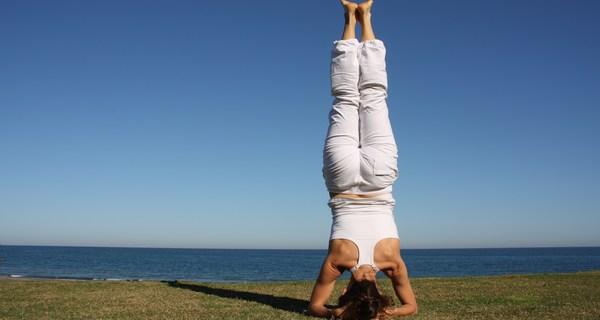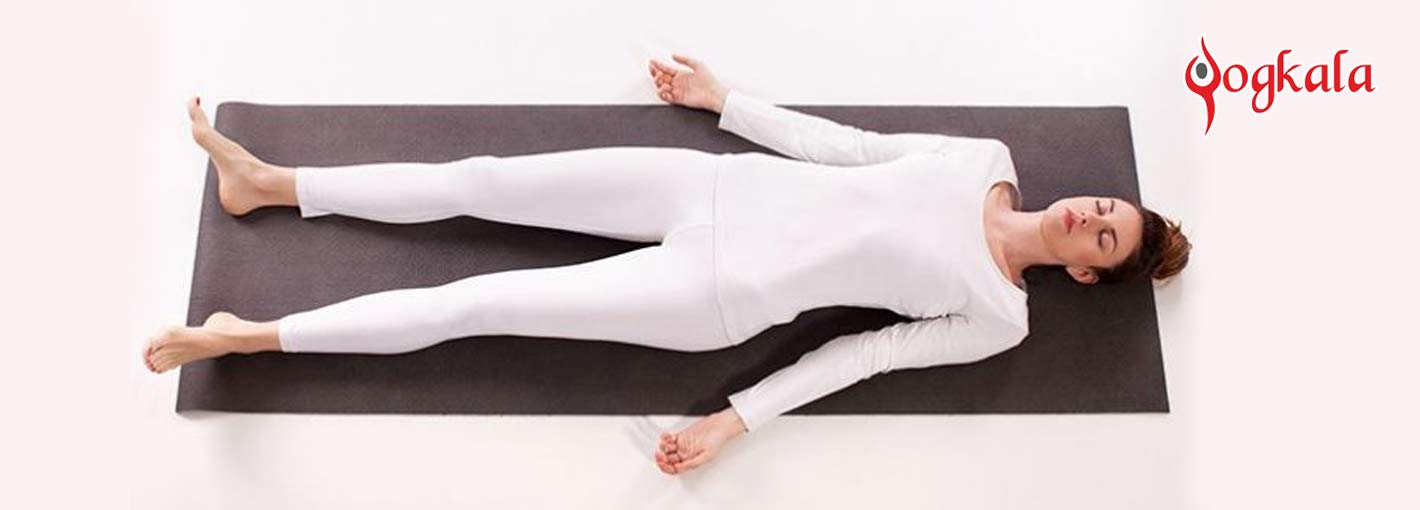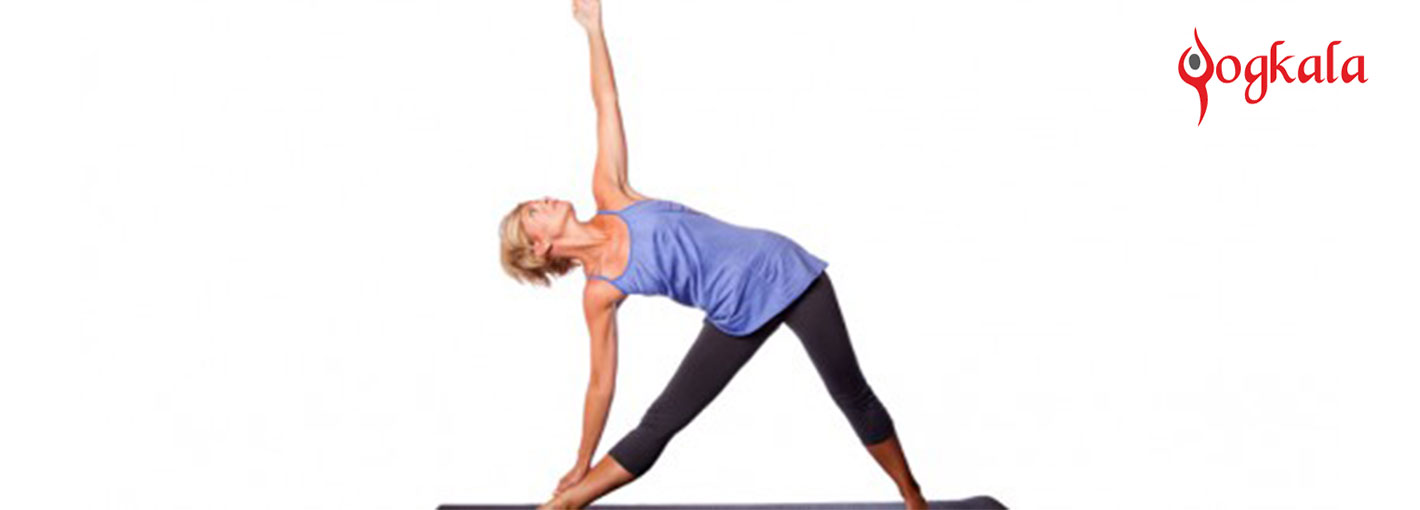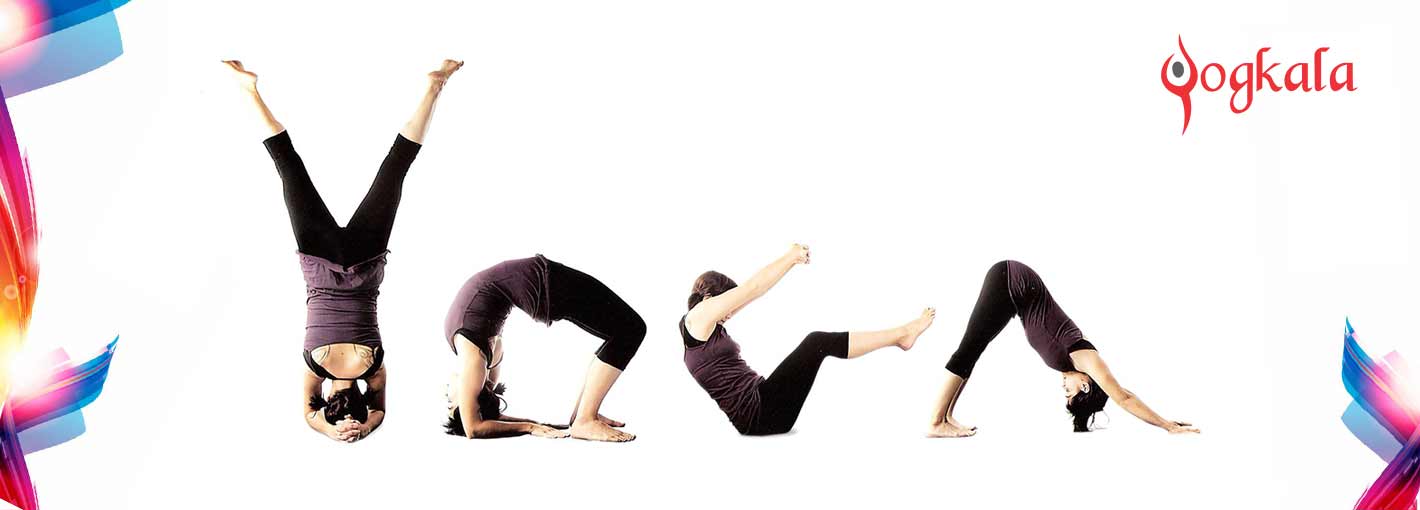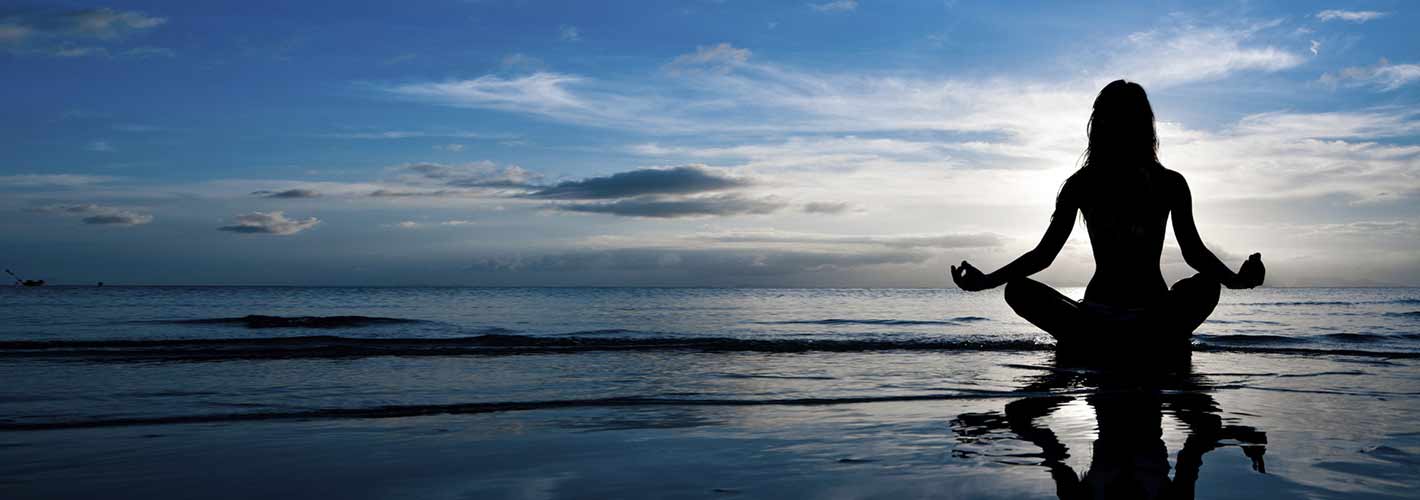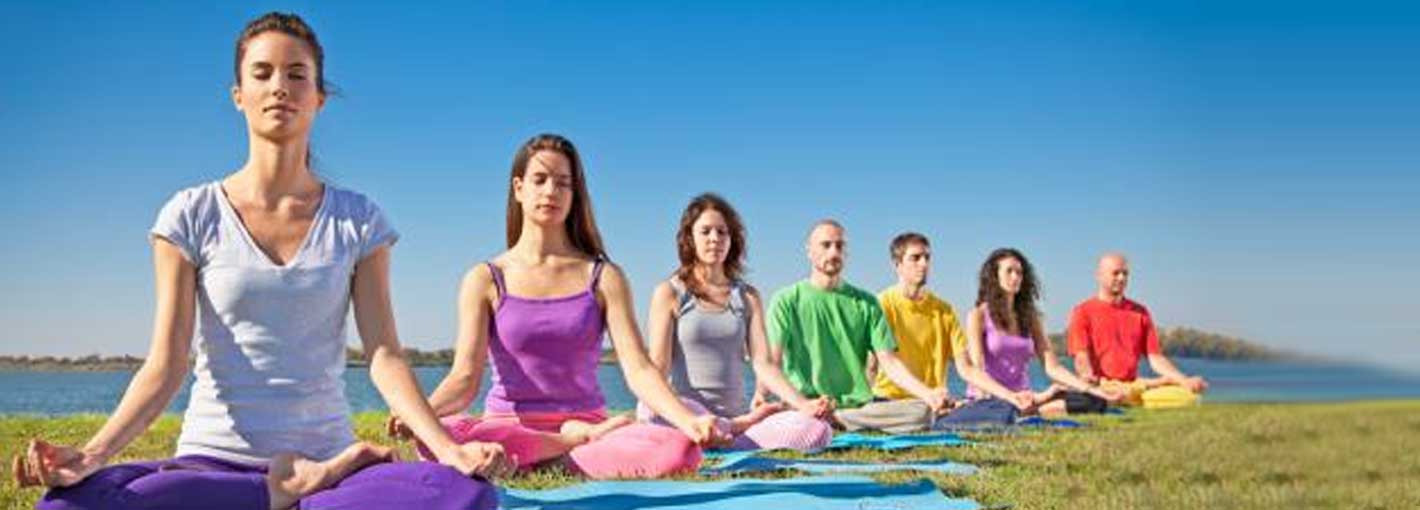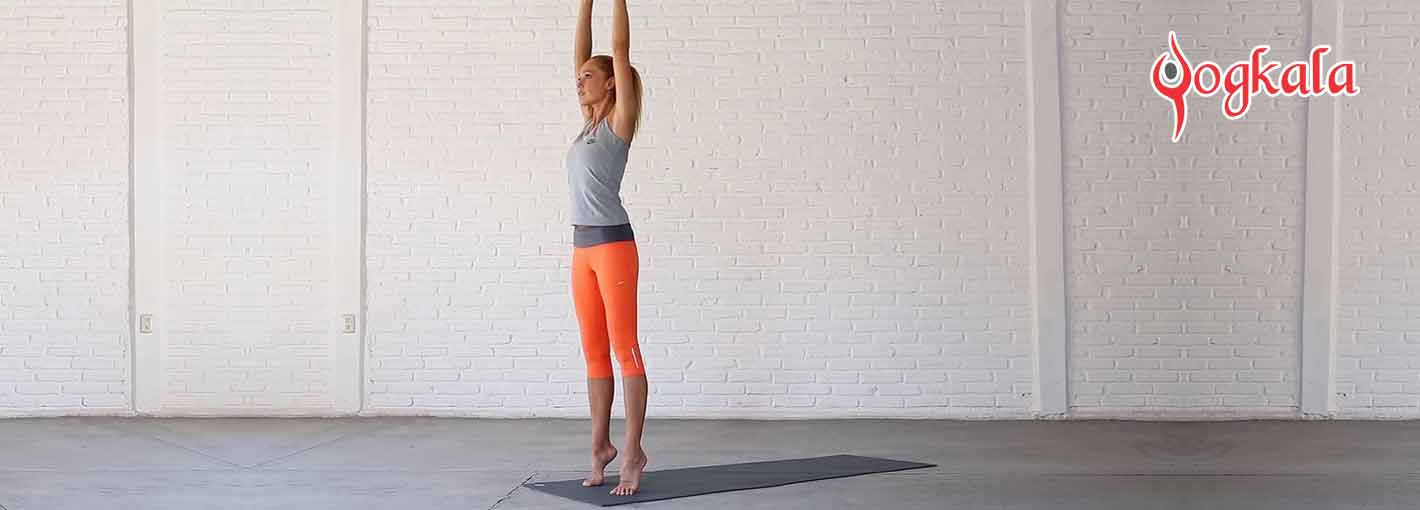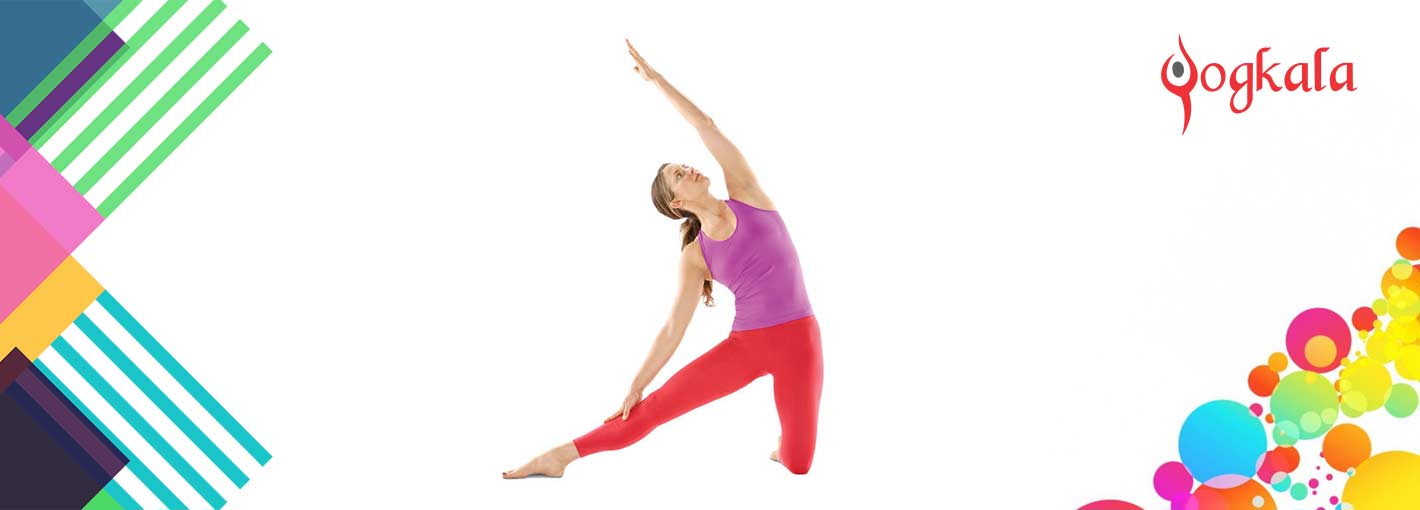Shirshasana (Headstand Pose): Steps, Benefits & Precautions
Known as the ‘king of all asanas’, Sirsasana (Shirshasana) or Headstand pose is the upside down pose that has several health benefits. The word ‘Shirshasana’ is a combination of two Sanskrit words Shirsha (meaning “head”) and asana (meaning “seat” or “pose”). Many asanas can be practised for building upper body strength and balance required to do Shirshasana.
This yoga pose has many variations including Salamba Shirshasana (Supported Headstand). This pose involves completely inverted position of body, supported by forearms with the crown of head resting lightly over the ground. The preparatory poses are virasana, uttanasana, adho mukha svanasana and salamba sarvangasana. The follow-up poses are balasana and adho mukha svanasana.
Here are the step-by-step procedure, health benefits and precautions of Shirshasana or Headstand pose.
How To Do Shirshasana (Headstand Pose)?
Image Source = “thehealthsite”
- To begin, get into the Child Pose (Balasana). Rapidly raise your elbows from floor above head and interlock your fingers to form an equilateral triangle-like stance. (This serves as a base to the pose for head support).
- Now bring down the crown of your head onto the mat and your head’s back side should be touching your hands (that were interlocked in earlier step). Support your head by your hands.
- Try straightening your legs and gradually place your legs toward the head’s direction. Keep your back straight.
- Now bend your knees and keeps your heels near your hips.
- Slowly raise your legs straight at 90 degrees angle.
- Breathe easy without straining yourself.
- Stay in this position for as long as you can.
- Now slowly bend your knees and keep your heels near your hips.
- Get back into the child pose.
- Relax and breathe normally.
Health Benefits Of Headstand Pose
- Increases haemoglobin level in blood
- Relieves stress and anxiety
- Improves memory and concentration level
- Reduces fluid buildup in ankles, feet, and legs
- Slowing down of aging problems
- Stimulates internal organs
- Improves blood circulation in brain and blood flow to eyes
- Strengthens shoulders, arms, and core muscles.
- Aids in digestion and excretion process
- Relaxes and calms the mind
- Balances and stimulates process of endocrine glands, especially pineal and pituitary glands.
- Counters menopause-related problems
- Helps in physical, mental and spiritual development
Precautions To Be Kept In Mind
- Do NOT perform this asana if you have a neck injury or severe headache.
- Women should avoid this pose during menstruation.
- People who have problems of obesity, hypertension, constipation, high blood pressure, cough and cold, cardiac issues, hernia, brain injury and conjunctivitis should not perform this yoga pose. Consider consulting a doctor or some expert.

